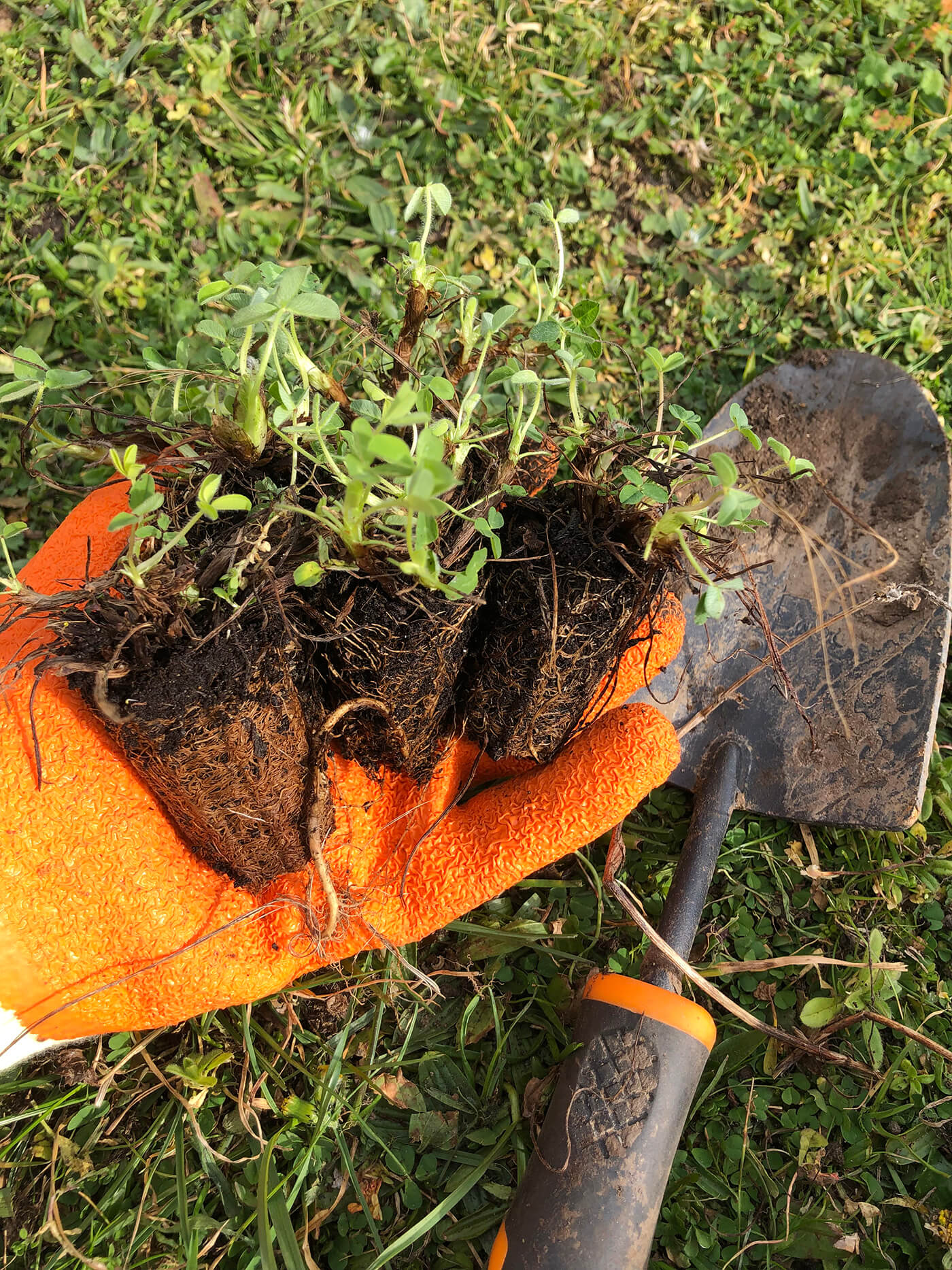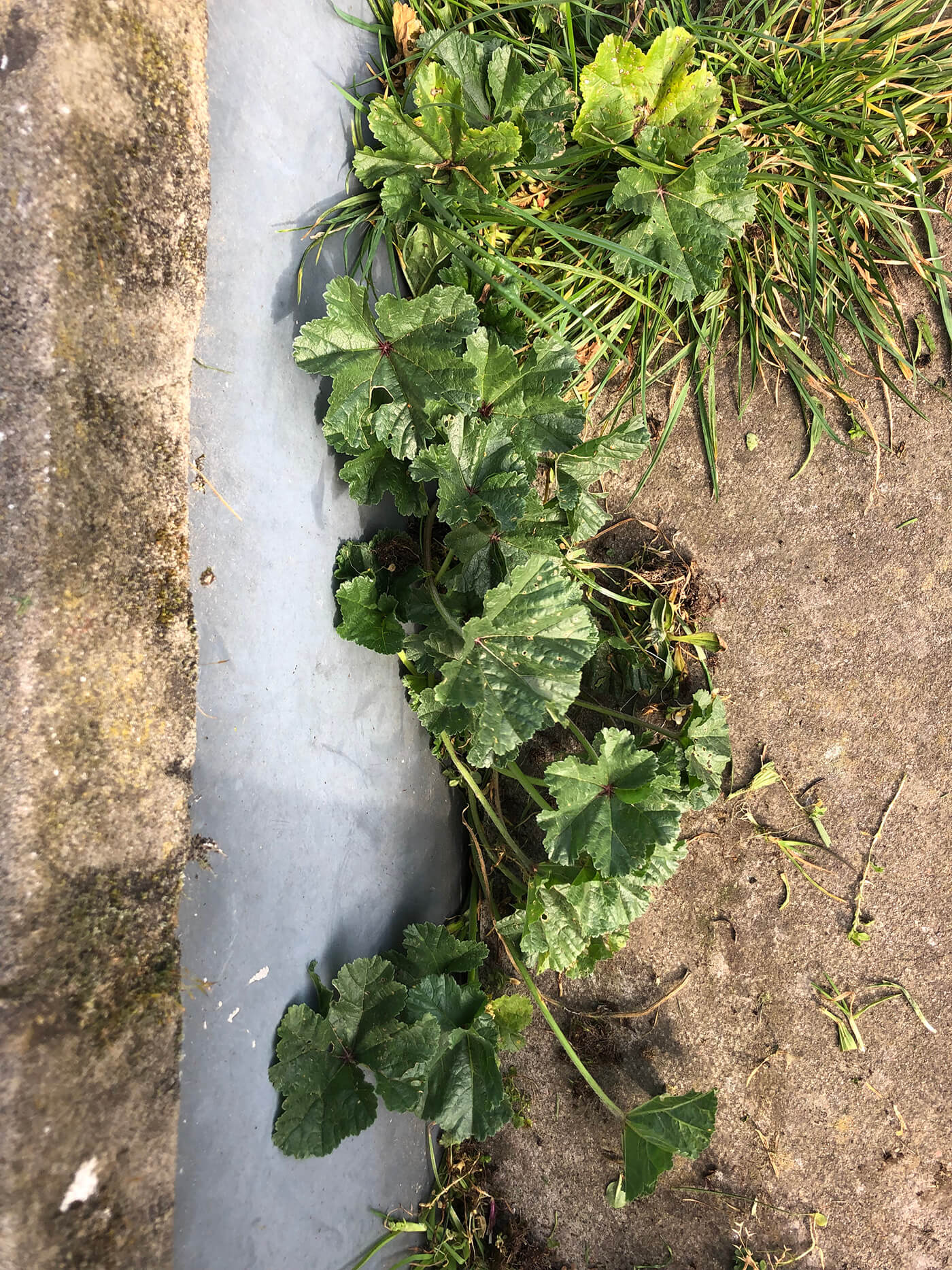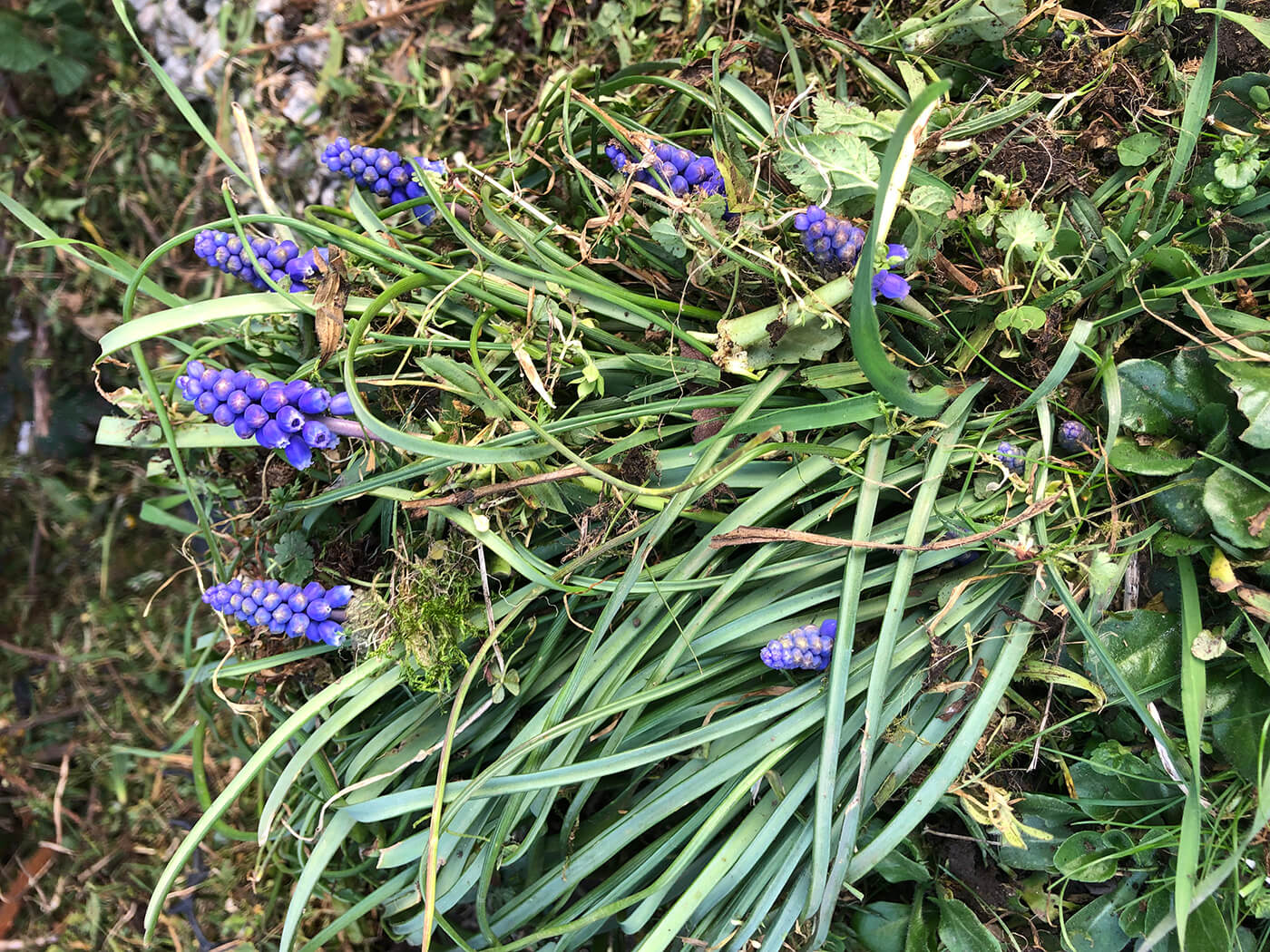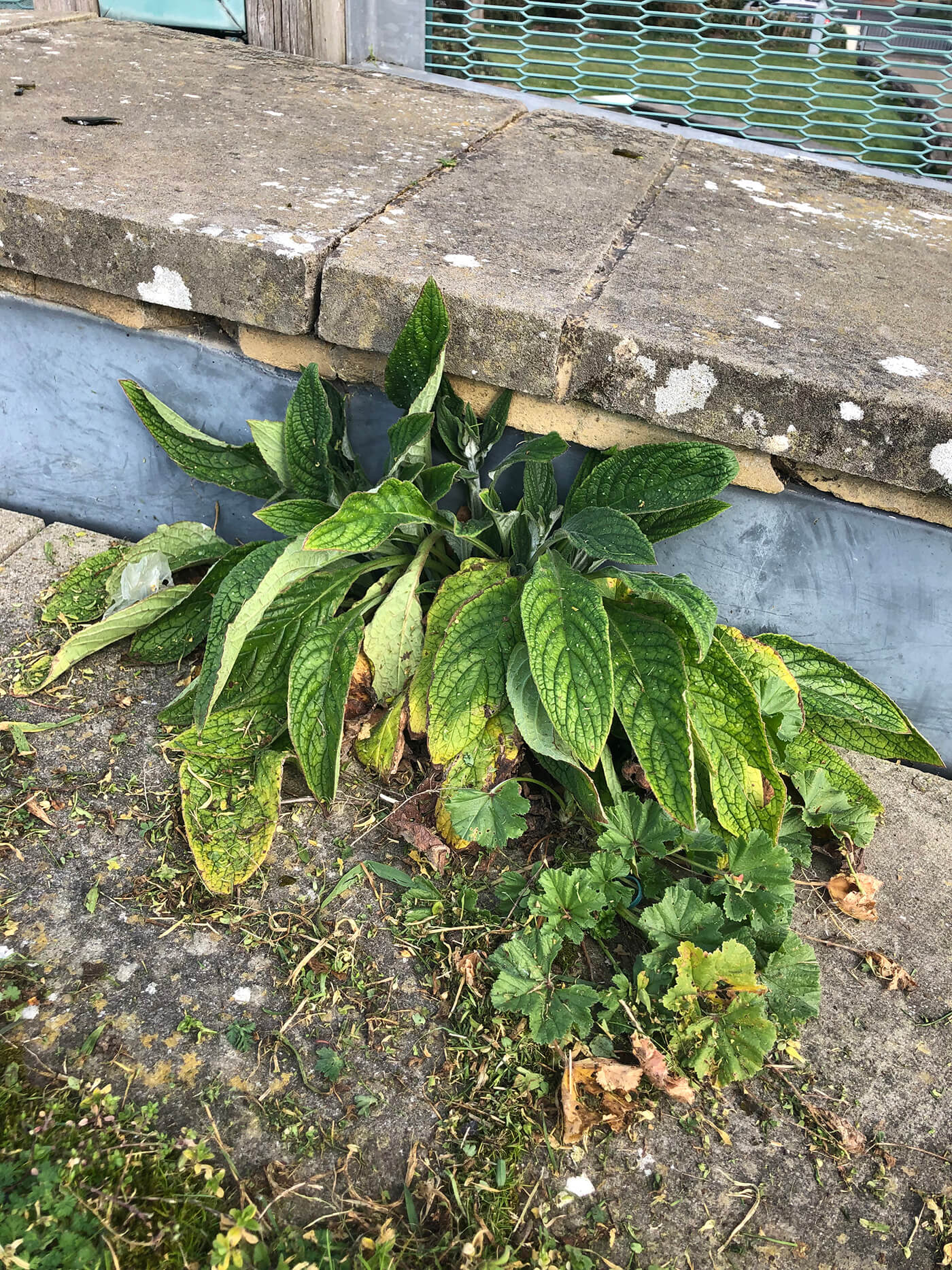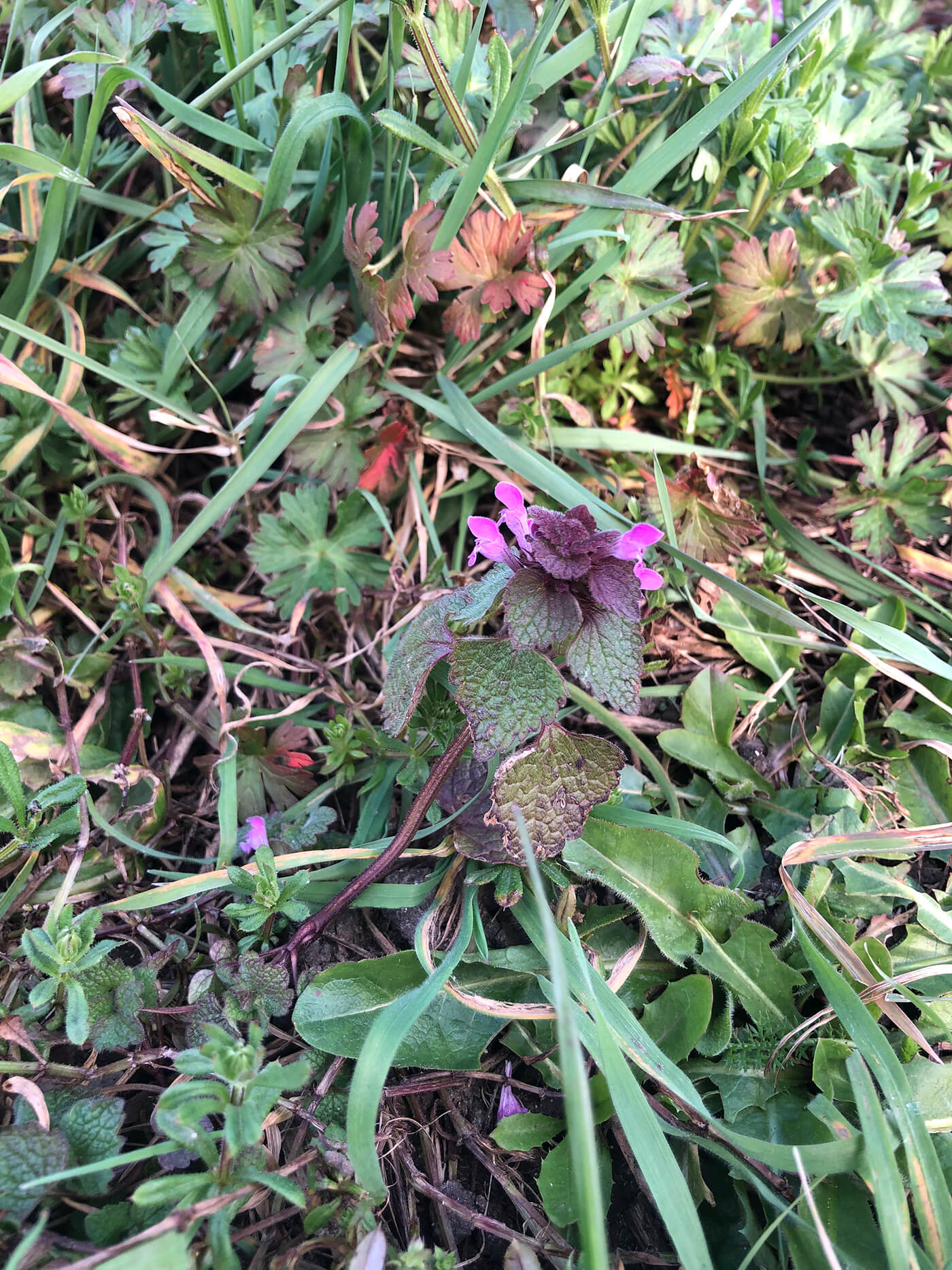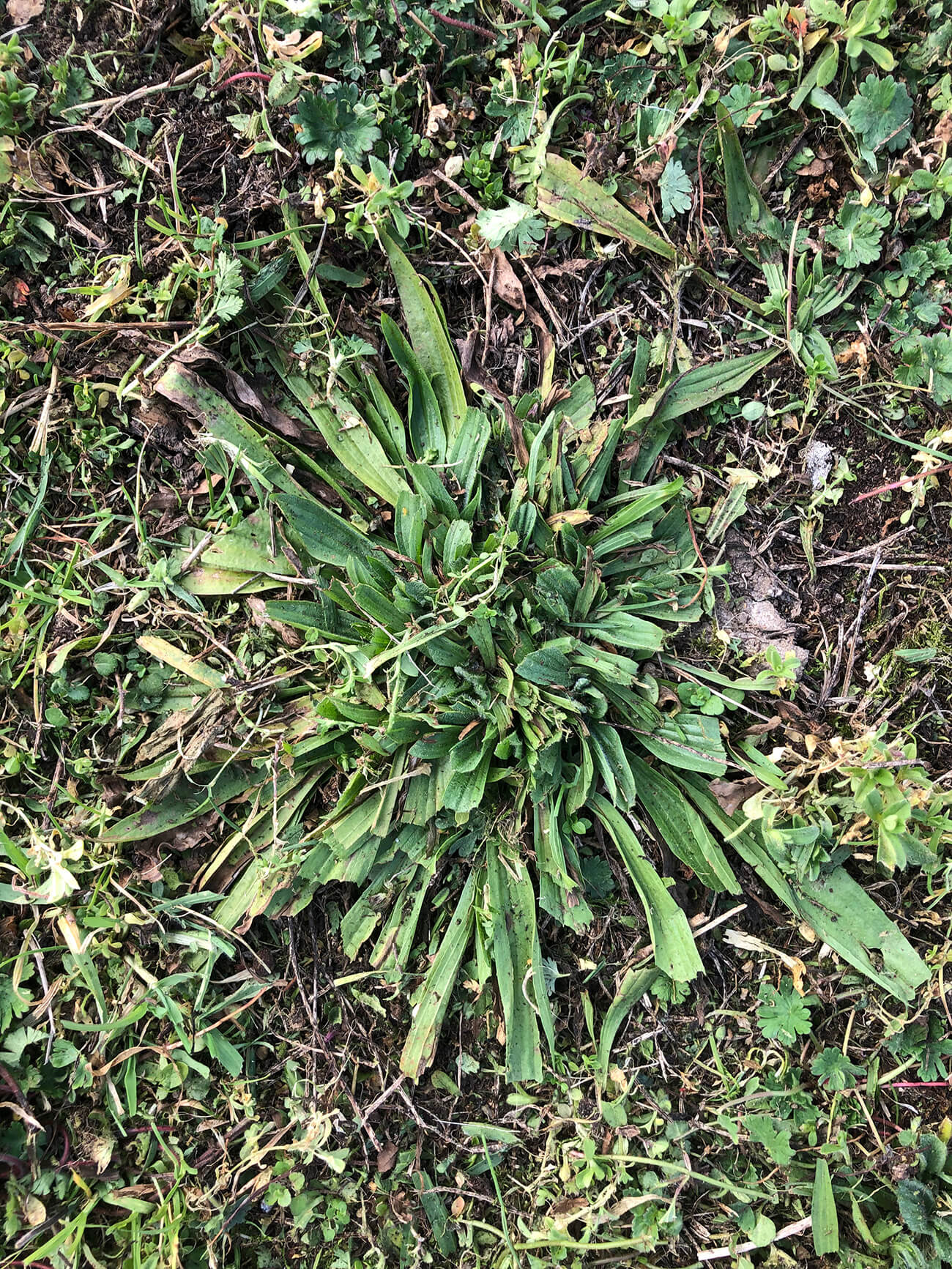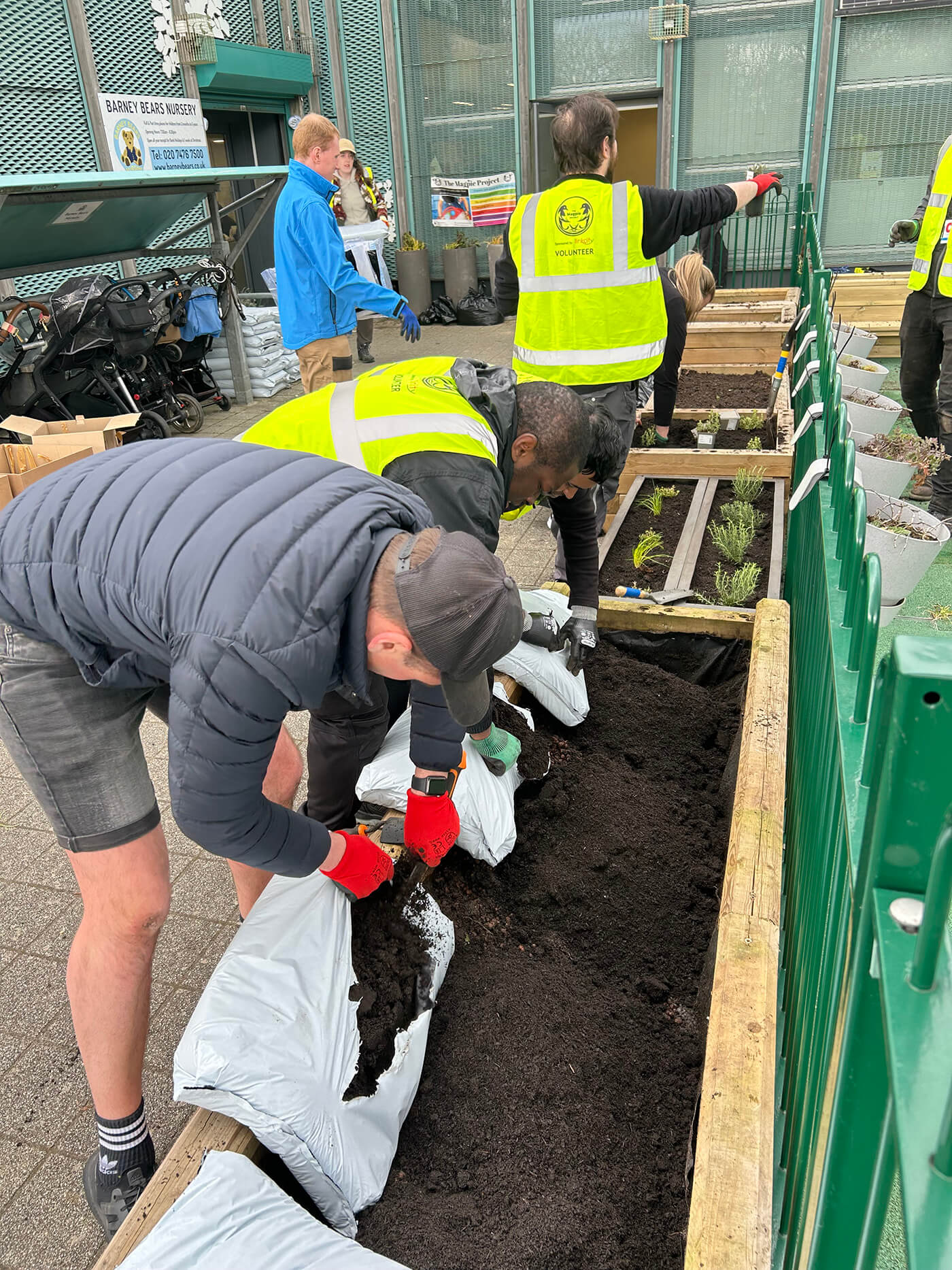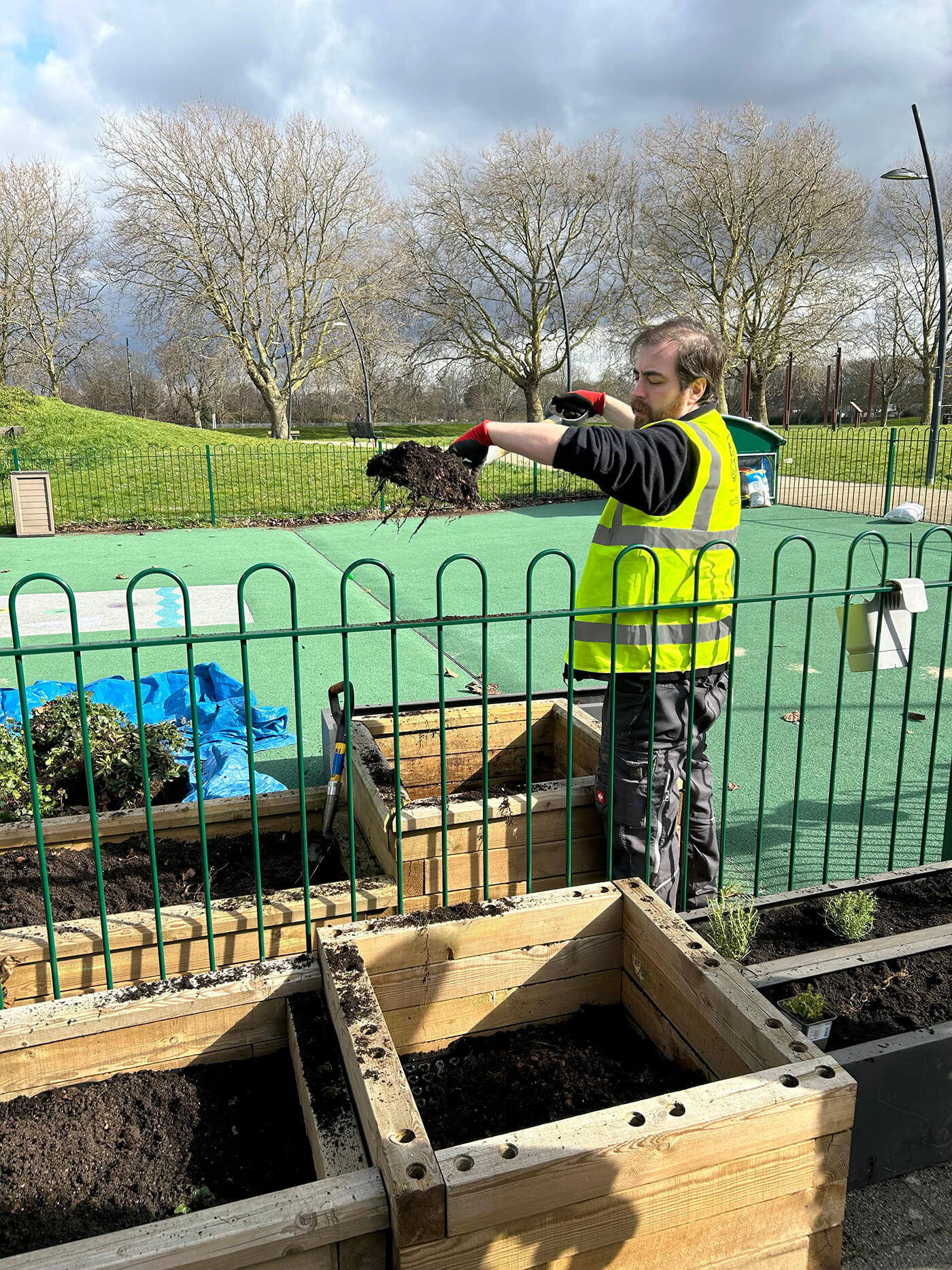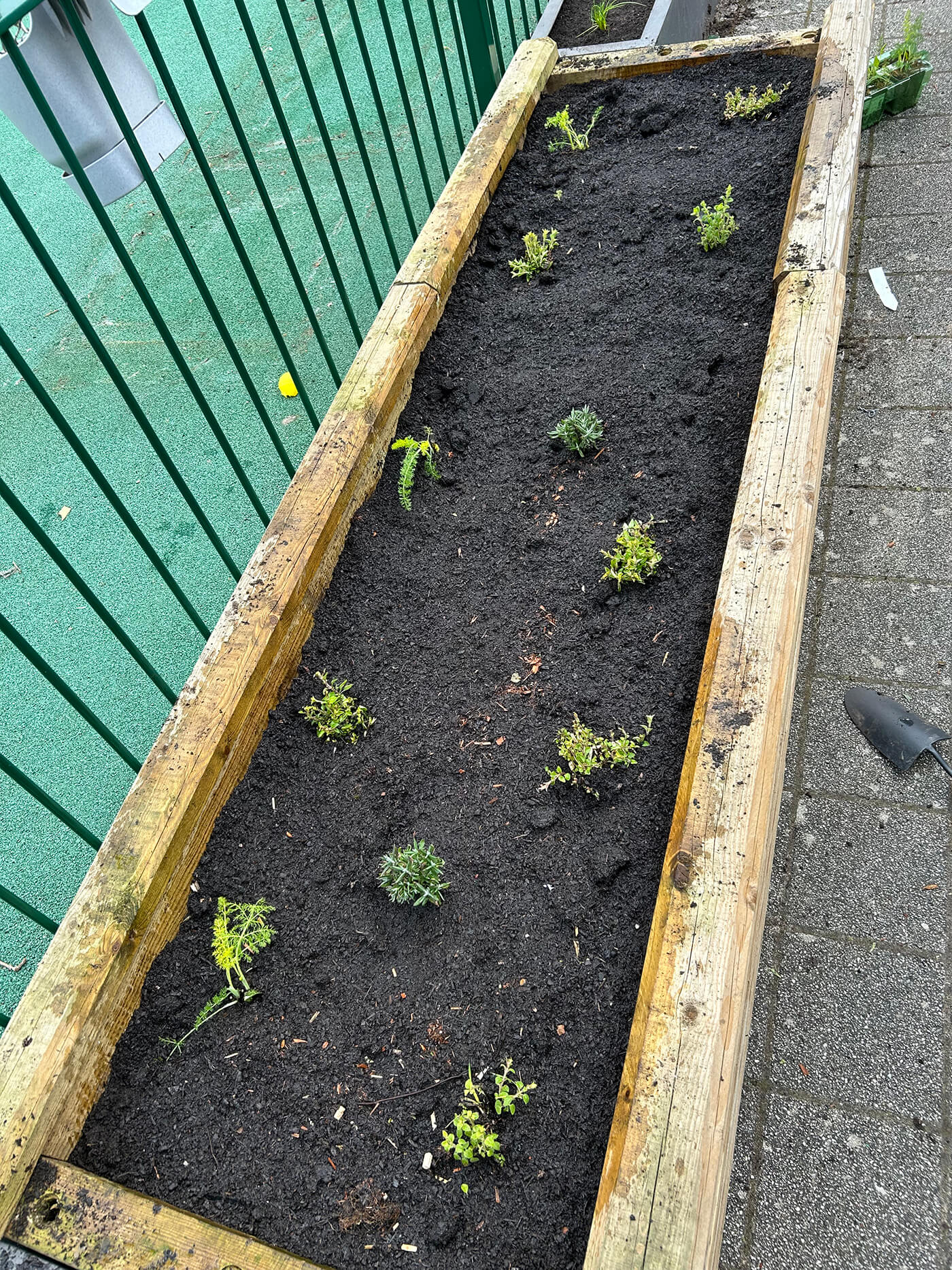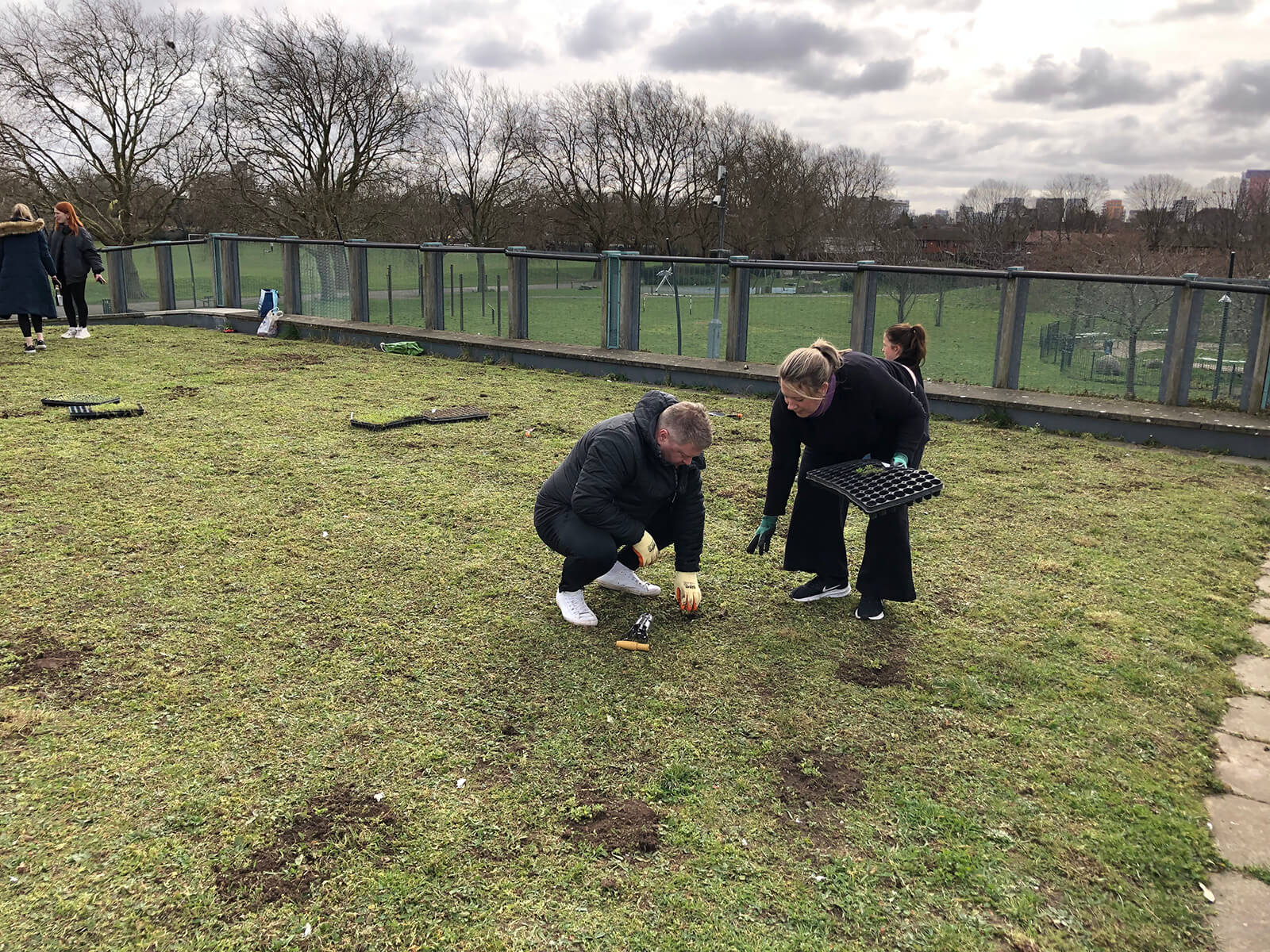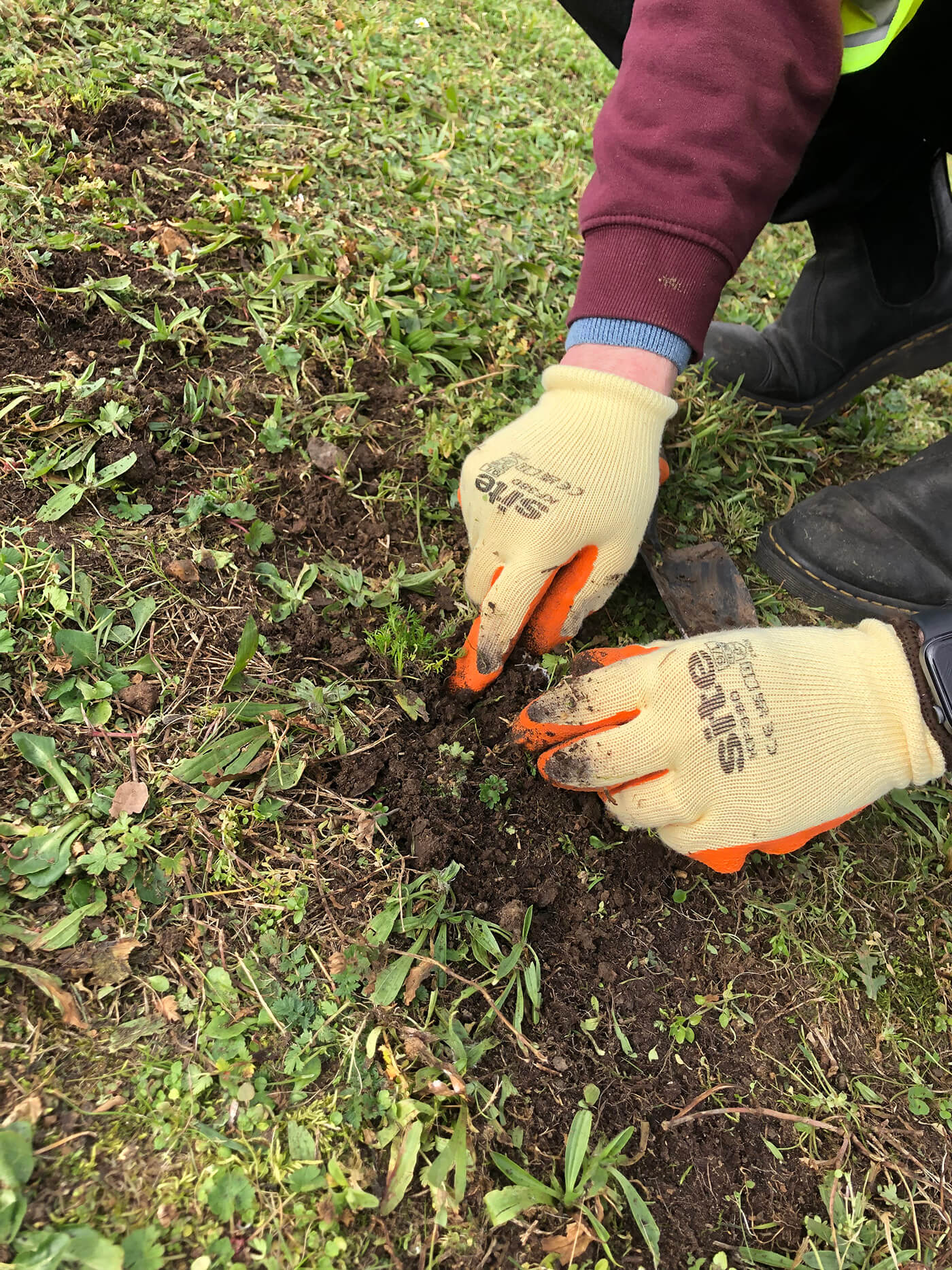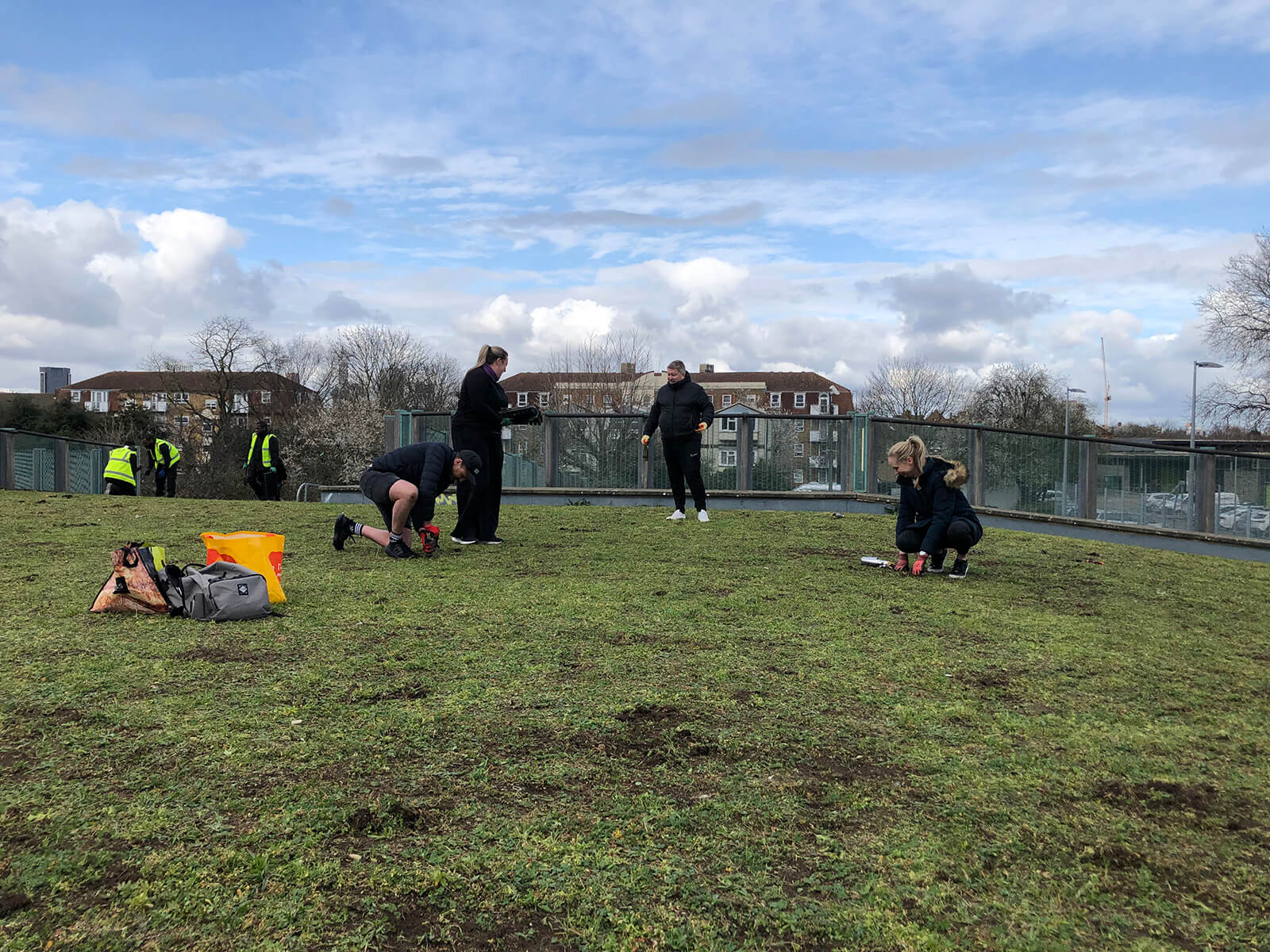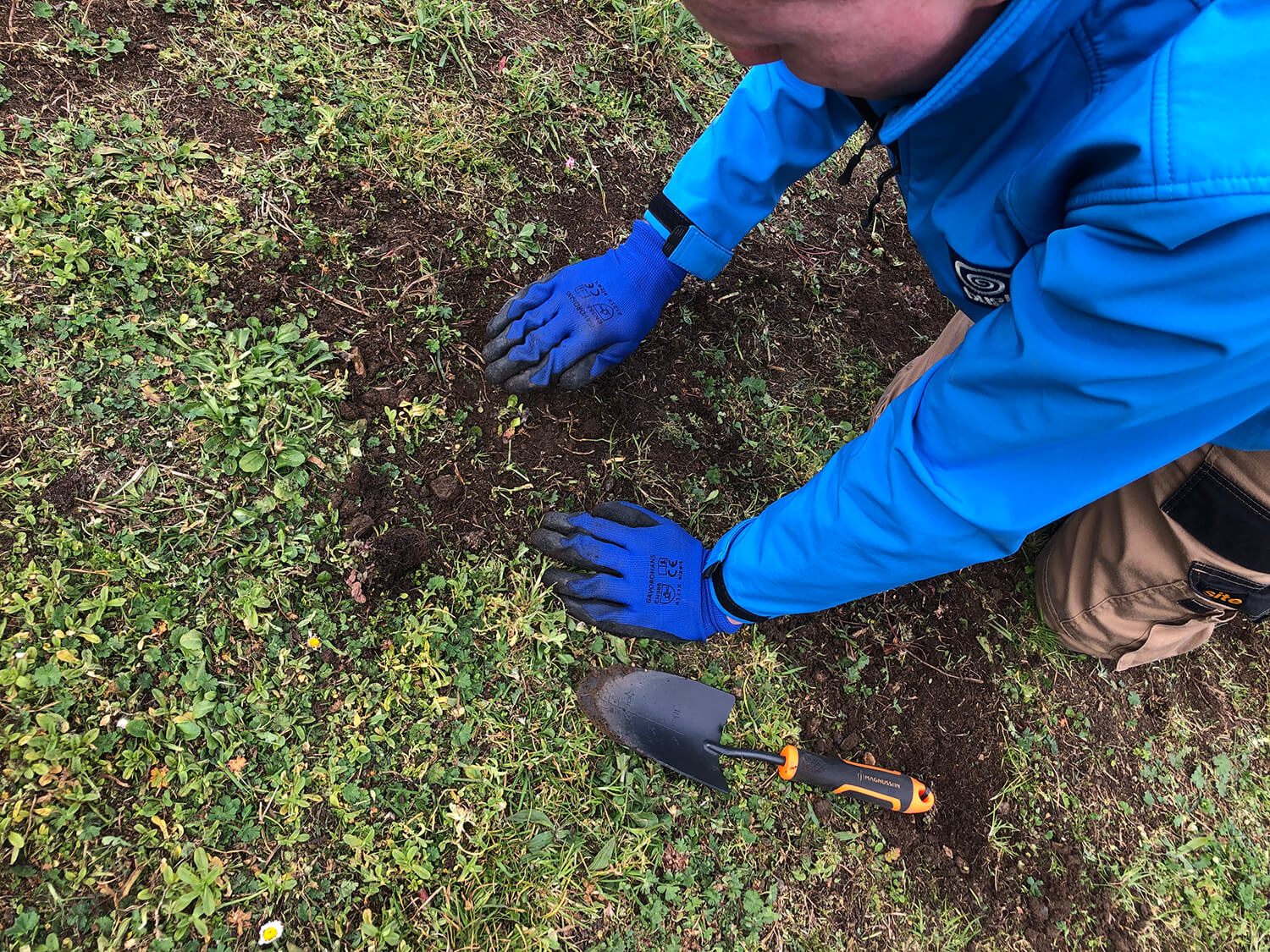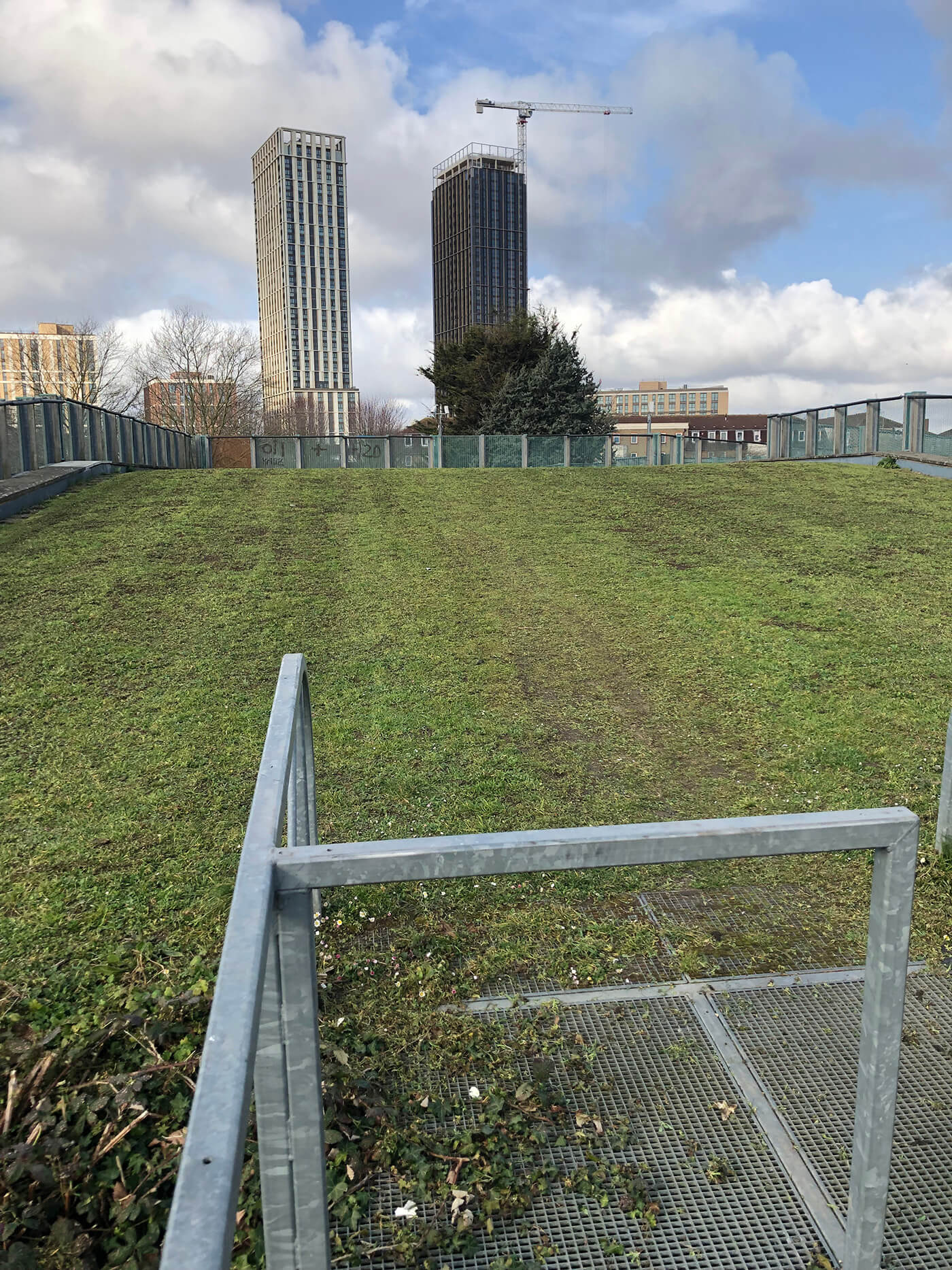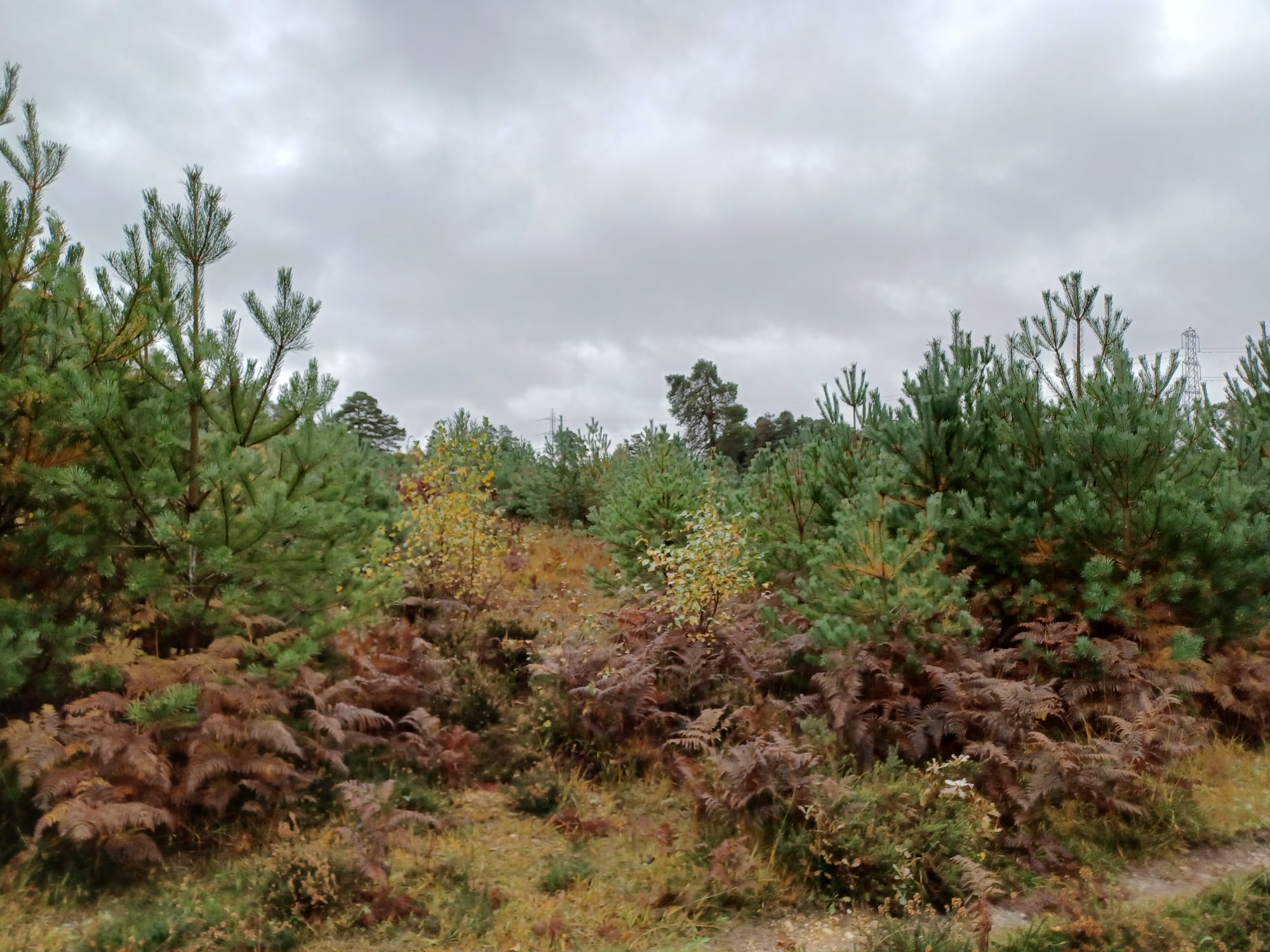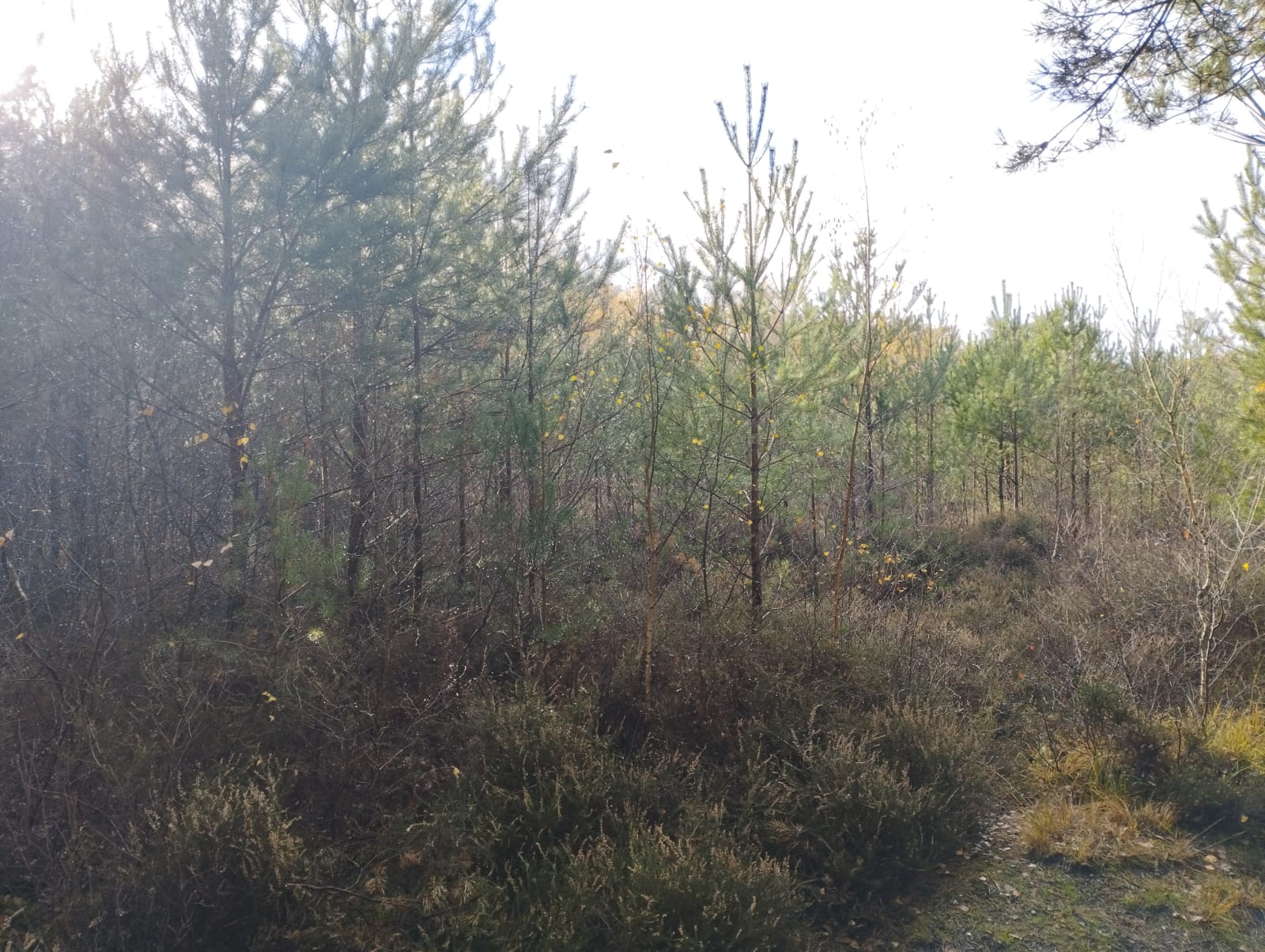Westfield Stratford City supported the planting of 3 hectares of wildflowers in the UK in 2024-25
Westfield Stratford City has taken action to restore one of the rarest habitats in the UK: wildflower meadows. They're essential for the protection and survival of insects around the country, thus a cornerstone of our entire ecosystem and food chain.
Wildflower meadows used to cover large swaths of England but approximately 97% of them have been lost since the 1930's, an area larger than the size of Wales.
Wildflower meadows provide insects with food, shelter and transport links across counties in the UK where biodiversity has been depleted by habitat loss, development, and intensive farming. World leading study, State of Nature confirms the UK as one of the world’s most nature depleted countries, with 1 in 6 of more than 10,000 species assessed (16%) at risk of being lost from Great Britain. Some species, such as the Six-banded Nomad Bee have gone from being found all across southern England, to only being found in Devon.
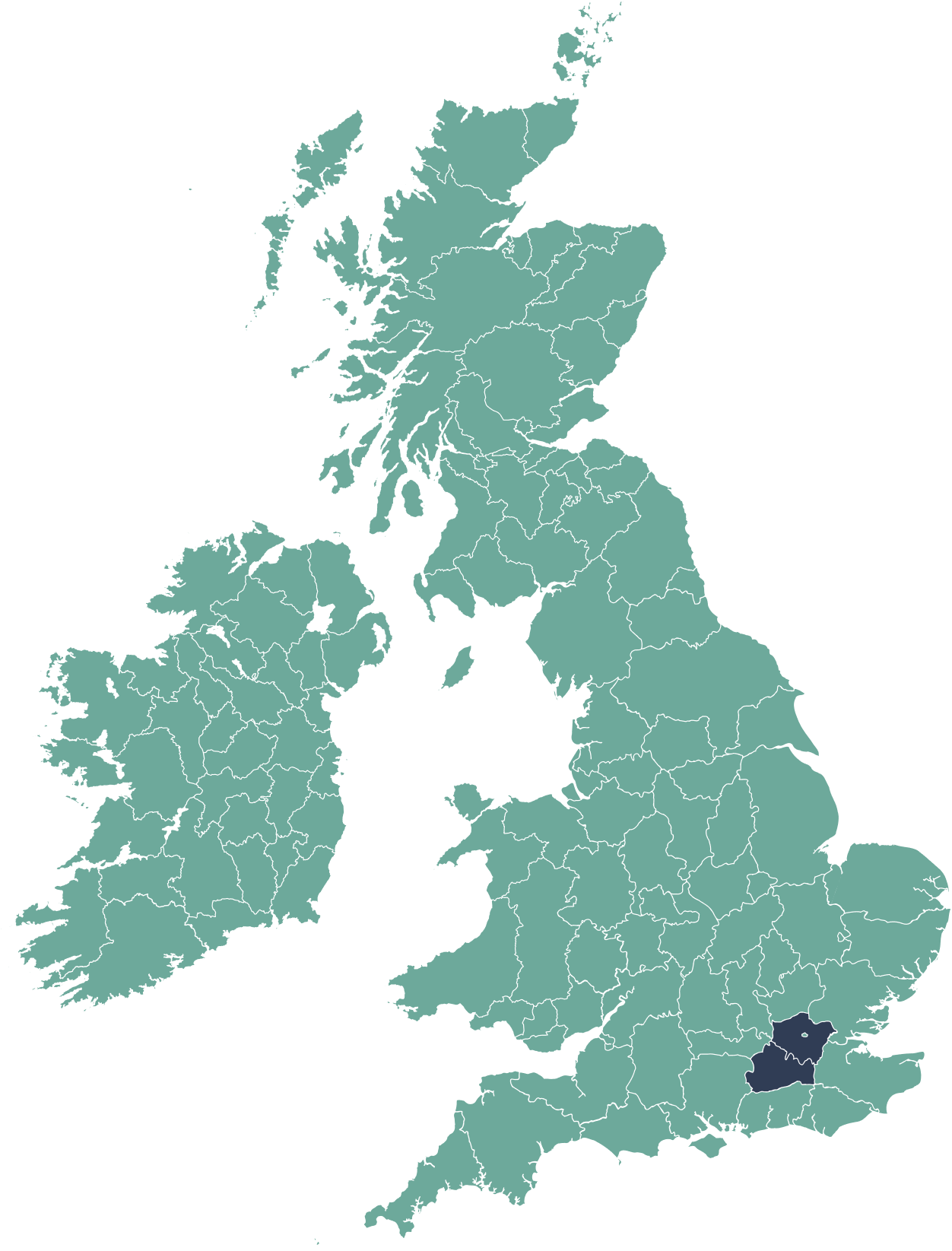
Pollinators are critical to food chains and as such, wildflower meadows provide valuable support for wildlife and all life on earth, including humans. In the words of Kew Gardens, 'The more wildflowers there are, the more diverse pollinators they can support, and the more healthy crops we can grow.'
Our solution is to restore B-Lines - a network of insect pathways along which we are restoring and creating wildflower rich habitat. These pollinator highways created in partnership with GreenTheUK and Buglife will extend across the whole of the UK, allowing wildlife to move freely through our countryside and towns. Rather than covering entire regions in wildflowers, stepping stones of habitat have been created along the network to fulfil their purpose as efficiently as possible. In the event of the collapse of a wildflower habitat, having the B-Lines to provide new habitat and connect them with other wildflower meadows, we can save whole communities of insects from being lost.
Thanks to support from Westfield Stratford City, a network of flower-rich pathways has been created across the UK, benefiting pollinators, wildlife, and local communities.
Wildflower Restoration in London (1 hectare)
The Magpie Project, based at the Grassroots Centre in Stratford, is a charity providing vital support services to mothers and children living in temporary or insecure accommodation.
In March 2025, 14 Urban Planters staff members helped enhance the nursery’s green roof by planting 1,000 plug plants. They also installed herbs in eight wooden planters of varying sizes, creating a mix of edible and pollinator-friendly plants. Once established, these will be used by The Magpie Project and their volunteers to cook healthy meals for the families they support.
The plants included:
Wildflowers: Common Cat’s-ear (Hypochaeris radicata), White Clover (Trifolium repens), Red Clover (Trifolium pratense), Self-heal (Prunella vulgaris), Lady’s Bedstraw (Galium verum), Lawn Chamomile (Chamaemelum nobile), Birdsfoot Trefoil (Lotus corniculatus), Wild Thyme (Thymus polytrichus)
Herbs: Marjoram (Origanum vulgare), English Lavender (Lavandula angustifolia), Rosemary (Rosmarinus officinalis ‘Prostratus’), Chives (Allium schoenoprasum), Common Fennel (Foeniculum vulgare), Golden Marjoram (Origanum vulgare ‘Aureum’), Oregano (Origanum vulgare)
Wildflower Restoration in Surrey (2 hectares)
An additional two hectares of wildflower meadows have been restored at Barossa, a heathland-dominated training estate in Camberley, Surrey. Shaped by prehistoric farmers and cared for by rural communities over centuries, Barossa now represents a rare mosaic of habitats supporting diverse wildlife.
Its continued use as a training estate has helped preserve its habitats, preventing the urban development that has replaced much of Surrey’s other heathlands. Barossa is a haven for invertebrates, home to species such as the Green-eyed Flower Bee, Silver-studded Blue butterfly, and Green Tiger Beetle. The heath’s rich floral resources - including purple heather and fragrant gorse - provide vital nectar and pollen for pollinators.
With 85% of the UK’s heathlands lost over the past two centuries and pollinators facing global declines, protecting sites like Barossa has never been more urgent. Westfield Startford's support will aid ongoing efforts to clear invasive Scott's Pine encroaching on two hectares of this priority habitat, while contributing to wider work reconnecting landscapes for pollinators through the B-Lines initiative.
Wildflowers & Grasses Planted

UN's Sustainable Development Goals
As a GreenTheUK partner, you support projects that are in line with the UN Sustainable Development Goals.

Take urgent action to combat climate change and its impacts.

Sustainably manage forests, combat desertification, halt and reverse land degradation, halt biodiversity loss.






































































